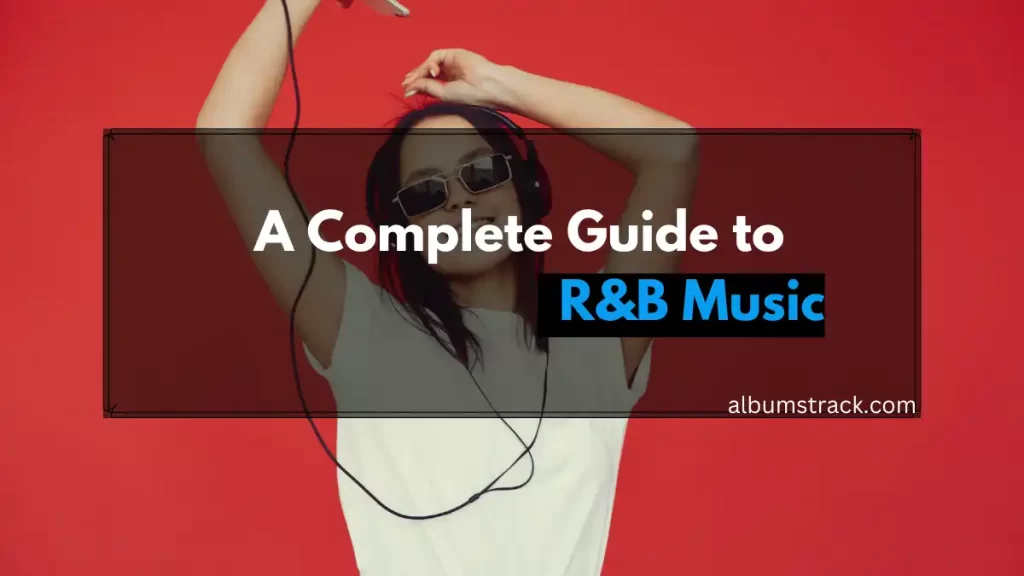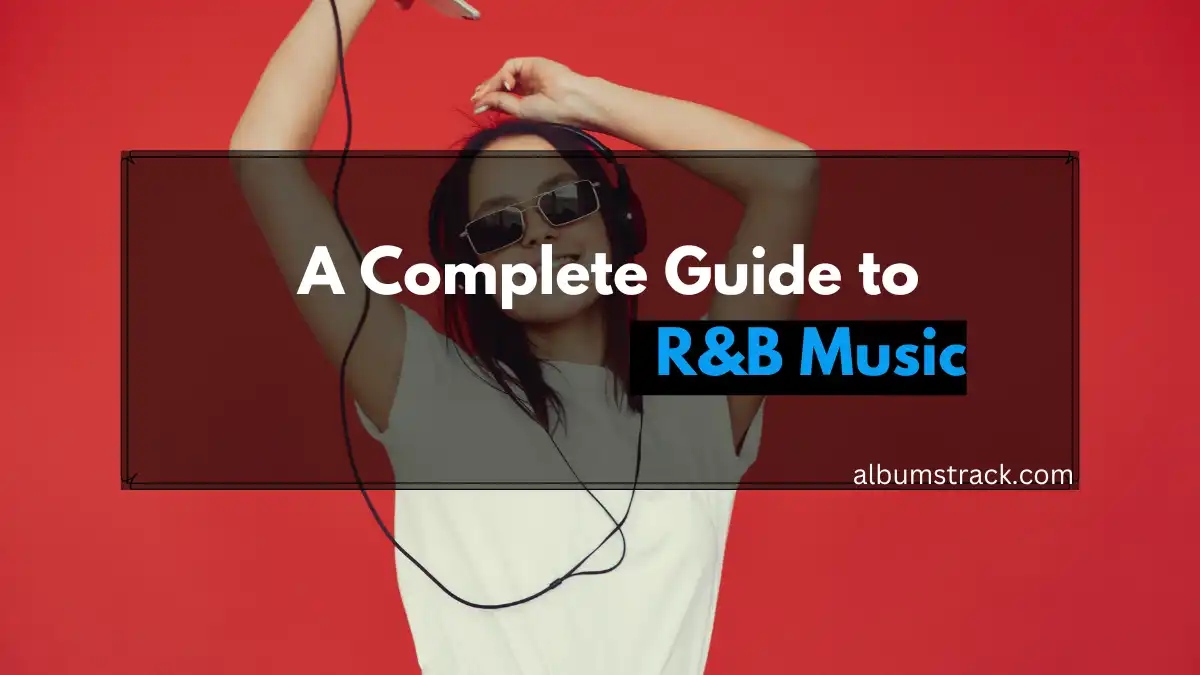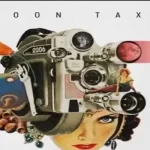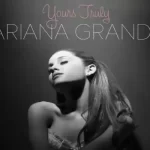Rhythm and Blues (R&B) music is a popular genre that has evolved over the decades, leaving an indelible mark on the music industry. It combines elements of jazz, gospel, and blues to create a distinct sound that captivates listeners. In this in-depth exploration of R&B music, we will delve into its history, notable artists, defining characteristics, and its impact on popular culture.
R&B Music Songs
R&B music boasts an extensive catalog of songs that have resonated with audiences worldwide. From soulful ballads to energetic dance tracks, R&B offers a diverse range of musical experiences. Some iconic R&B songs include “Respect” by Aretha Franklin, “I Heard It Through the Grapevine” by Marvin Gaye, and “I Will Always Love You” by Whitney Houston. These songs showcase the emotional depth and expressive vocals that are characteristic of R&B music.
R&B Music Artists
Numerous talented artists have contributed to the success and evolution of R&B music. Legends like
| Artist | Notable Songs/Albums |
|---|---|
| Aretha Franklin | “Respect,” “Natural Woman,” “Think” |
| Marvin Gaye | “What’s Going On,” “Let’s Get It On,” “Sexual Healing” |
| Stevie Wonder | “Superstition,” “Isn’t She Lovely,” “Signed, Sealed, Delivered” |
| Beyoncé | “Crazy in Love,” “Single Ladies (Put a Ring on It),” “Formation” |
| Michael Jackson | “Billie Jean,” “Thriller,” “Man in the Mirror” |
| Whitney Houston | “I Will Always Love You,” “Greatest Love of All,” “I Wanna Dance with Somebody” |
| Prince | “Purple Rain,” “When Doves Cry,” “Kiss” |
| Alicia Keys | “Fallin’,” “No One,” “If I Ain’t Got You” |
| Usher | “Yeah!,” “Burn,” “Confessions Part II” |
| Mary J. Blige | “Family Affair,” “No More Drama,” “Be Without You” |

R&B Music Examples
To understand the diverse range within R&B music, let’s explore some subgenres and their notable examples. Contemporary R&B incorporates elements of pop music, with artists like Rihanna and Usher blending catchy melodies and R&B-infused beats. Neo-soul, championed by artists such as Erykah Badu and D’Angelo, combines soulful vocals with a fusion of R&B, jazz, and hip-hop. These examples demonstrate the versatility and fluidity of R&B music.
Characteristics
R&B music is characterized by several key elements that set it apart from other genres. One defining feature is the prominent use of rhythm, with infectious grooves and syncopated beats driving the songs forward. Another essential characteristic is the emotive and soulful vocal delivery, allowing artists to express a wide range of emotions with their voices. Additionally, R&B music often incorporates intricate harmonies and melodic hooks that enhance its overall appeal.
Stylistic Origins
The roots of R&B music can be traced back to African-American musical traditions, particularly gospel and blues. Gospel music, with its passionate vocals and spiritual themes, laid the foundation for the emotionally charged performances in R&B. Blues, on the other hand, contributed the rawness and expressive nature that defines the genre. R&B emerged as a fusion of these influences, combining the rhythmic energy of jazz with the soulfulness of gospel and blues.
Cultural Origins
R&B music has deep cultural roots within African-American communities. It served as a powerful medium of expression and provided a platform for black artists to showcase their talents during times of racial inequality and social unrest. R&B music played a significant role in shaping the Civil Rights Movement, with artists like Sam Cooke and Nina Simone using their music to inspire change and promote equality.
Derivative Forms
Over the years, R&B music has given rise to various derivative forms that have gained popularity in their own right. Hip-hop and rap music, for example, have incorporated R&B elements, blending catchy hooks and melodic choruses with rap verses. Additionally, contemporary pop music often draws inspiration from R&B, infusing its sound with soulful vocals and R&B-influenced production. These derivative forms continue to evolve, pushing the boundaries of R&B music and creating new subgenres.
Frequently Asked Questions about R&B Music
What does R&B stand for in music?
R&B stands for Rhythm and Blues, a genre that combines elements of jazz, gospel, and blues to create a distinct sound characterized by its rhythmic energy and emotive vocals.
Who is considered the king of R&B?
The title of the “King of R&B” is subjective and has been bestowed upon several artists over the years. Some notable contenders for this title include James Brown, Marvin Gaye, and R. Kelly.
How did R&B music influence popular music?
R&B music has had a profound influence on popular music. Its fusion of various genres and incorporation of soulful vocals and infectious rhythms have shaped the sound of contemporary pop, hip-hop, and even rock music.
What are the key elements of R&B music?
Key elements of R&B music include rhythmic grooves, emotive vocals, intricate harmonies, and melodic hooks. These elements combine to create the signature sound of the genre.
Is R&B music still popular today?
Yes, R&B music remains popular today, with numerous artists topping charts and captivating audiences with their soulful performances. The genre continues to evolve, incorporating new influences and pushing musical boundaries.
Who are some influential R&B music producers?
R&B music has been shaped by several influential producers. Names like Berry Gordy Jr. (founder of Motown Records), Babyface, and Timbaland have played pivotal roles in defining the sound of R&B through their production work.
How has R&B music impacted popular culture?
R&B music has had a significant impact on popular culture, influencing fashion, dance, and even language. The genre’s timeless hits have become anthems for generations, transcending cultural boundaries and leaving a lasting legacy.
Conclusion
R&B music has a rich history and a profound impact on the music industry. Its fusion of rhythm, blues, and soul has created a genre that resonates with audiences worldwide. From its roots in African-American musical traditions to its influence on popular culture, R&B music continues to evolve and inspire new generations of artists. With its distinctive sound and emotive performances, R&B remains an essential pillar of the music landscape.








